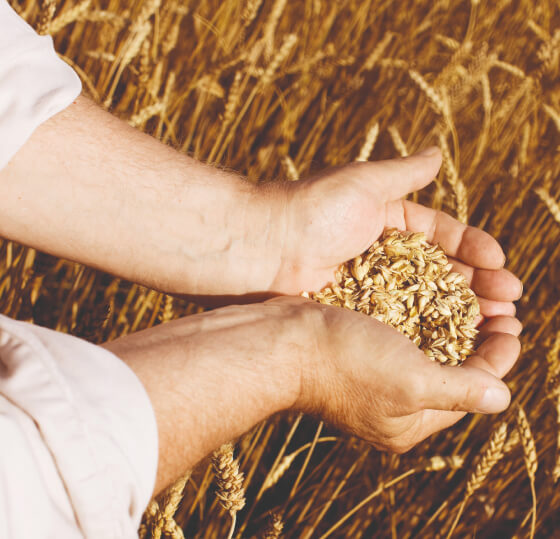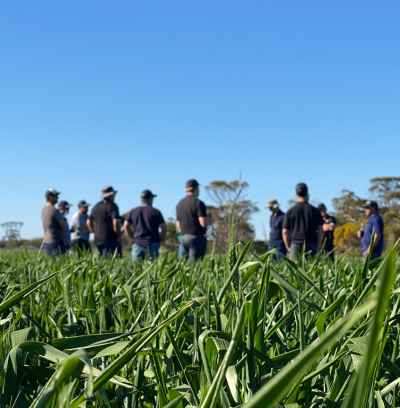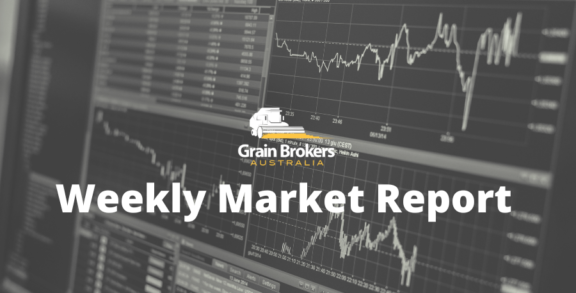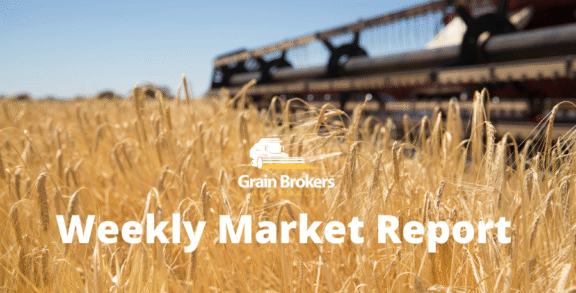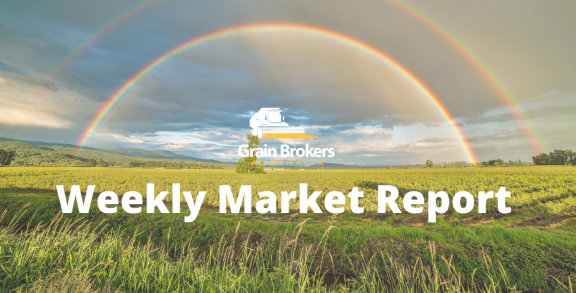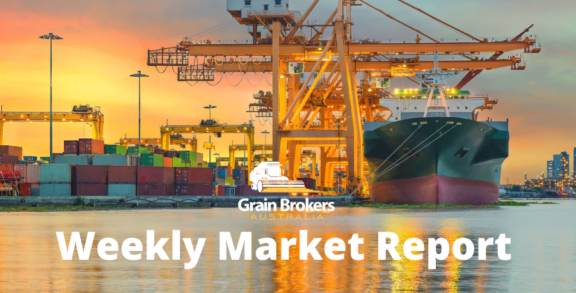
Vietnam is experiencing a surge in demand for imported grains as domestic production of corn and rice falls in response to a reallocation of farming land to more profitable cropping options. The livestock and aquaculture sectors, in particular, continue to grow strongly as Vietnamese consumers diversify their diets and aquaculture export opportunities are developed.
Swine and poultry farming continued to recover, on the back of improved disease control, favourable prices, and steady domestic consumption. Vietnam’s livestock sector is gradually improving biosecurity controls and adopting new technology, a trend observed in both large agribusinesses and smaller-scale family operations.
The Vietnam bureau of the US Department of Agriculture’s Foreign Agricultural Service (FAS) recently reported that the pig population had rebounded in 2025, largely driven by a transition from traditional household farming to a semi-industrial production model as well as an increased number of partnerships between small household farms and large commercial enterprises. Favourable live pig prices across the first half of 2025 have encouraged further investment in production facilities, leading to a 3.8 per cent growth in the pig herd in the year to the end of June.
Aquaculture output for the first half of 2025 has increased 4.9 per cent year-on-year to 2.6 million metric tonne, according to FAS. Pangasius (Tra Fish) was a significant contributor to the increase, with production reaching 872,000 tons in the first half of 2025, 4.5 per cent higher than the same period in 2024. Exports of pangasius reportedly topped US$1 billion in value, 10 per cent higher than last year, with the United States, Brazil and member countries of the Trans-Pacific Partnership the key destinations.
The nation’s feed grain demand in calendar year 2024 totalled 27.5MMT, and the FAS team is forecasting a 4.4 per cent increase in the current year to 28.7MMT and another 2.8 per cent increase in 2026 to 29.5MMT. Demand for stockfeed rations accounts for around 77.5 per cent, with feed requirements from the aquaculture sector accounting for the remaining 22.5 per cent.
Imported ingredients make up the bulk of total animal and aquaculture feed formulation requirements, accounting for around 79.1 per cent in calendar year 2024, according to the FAS. This is expected to rise to 80 per cent in the current year, with a continuation of the upward trend anticipated in 2026, with 81.3 per cent imported.
Corn is the primary ingredient across all feed rations, making up around 38.5 per cent of the total, with the imported component for calendar years 2024, 2025 and 2026 increasing from 83.4 per cent to 84.6 per cent and 85.5 per cent, respectively.
Domestic corn production is forecast to fall from 4.1MMT in Vietnam’s 2024/25 marketing year (May to April) to 4.0MMT in 2025/26, with the harvested area falling from 810,000 hectares to 800,000 over the two seasons. Conversely, Vietnam’s corn import program has exploded, with the latest USDA global supply and demand update pegging 2025/26 imports at 13.0MMT. This is up from 12.5MMT in 2024/25, 11.3MMT in 2023/24, 9.5MMT in 2022/23, and 9.1MMT in 2021/22 and constitutes a cumulative five-year increase of 42.9 per cent.
The USDA has increased domestic demand for corn in 2025/26 to 16.5MMT, with feed and residual demand accounting for 15MMT, while food, seed and industrial use sit on 1.5MMT. This is up from 15.8MMT in 2024/25 when feed and residual consumption was 14.3, and food, seed and residual use totalled 1.5MMT. Argentina and Brazil remain Vietnam’s key suppliers of corn, with 52 per cent and 37 per cent market share, respectively, in 2024/25. Imports from the US were 628,000, or 5 per cent of the task.
The second biggest ration component, and primary protein source, is soybean meal, which consistently sits at around 25 per cent of the average formulation. Most of this is imported as a crushed product from the US and South America, although some soybeans are imported whole and crushed domestically, with the meal going into the stockfeed sector.
Rice bran and broken rice are decreasing in relevance from a stockfeed viewpoint, with inclusion dropping a percentage point each year from 15.3 per cent in 2024 to 13.3 per cent in 2026. The proportion of this formulation ingredient that has to be imported is also increasing as domestic rice production in Vietnam falls.
The continued decline in paddy rice prices has significantly decreased farm profitability, with many farmers, particularly in the Mekong Delta, converting traditional rice land to more profitable enterprises such as shrimp farming, fruit orchards (including bananas and pineapples), and lotus cultivation. As a result, the harvested area and output continue to decline. FAS is currently calling 2025/26 milled production 26.0MMT off 6.8 million hectares, down 26.8MMT off 7.0 million hectares in 2024/25 and 27.2MMT off 7.1 million hectares in 2023/24.
Wheat consistently makes up around 9 per cent of the average ration. Like many countries in the region, the climate in Vietnam is not conducive to domestic wheat production, and the country relies totally on imports to meet domestic requirements. According to the USDA, international purchases will increase from 5.3MMT in 2024/25 to 5.6MMT in 2025/26. According to FAS, total consumption will be 5.3MMT, with 2.6MMT going into the stockfeed sector and 2.7MMT meeting food, seed and industrial demand, in particular instant noodles and bakery products.
Australia, Ukraine and Brazil were the leading suppliers in 2024/25, accounting for 24 per cent, 20 per cent and 18 per cent of total wheat imports. The US was the fourth largest supplier at 11 per cent, followed by Russia and Canada. Imports in the first half of 2025 totalled 3.1MMT, with the milling wheat proportion reportedly rising by 18 per cent, while feed wheat imports fell 7 per cent. Shipments from Australia in the twelve months to June 30 totalled 1.31MMT, down from 1.46MMT in the previous corresponding period.
Dried distillers’ grains with solubles (DDGS), other protein meals, and domestically produced cassava make up the balance of the animal feed and aquaculture formulations. Vietnam imported 750,000 metric tonne of DDGS in the first half of 2025, up 13 per cent from last year. The US was the leading supplier with 64 per cent, followed by Brazil with 24 per cent and India with the remaining 12 per cent.
Vietnam’s animal feed exports reached US$603 million in the first half of 2025, according to government statistics, up 22 per cent from the same period in 2024. China accounted for 45 per cent, followed by Cambodia and Malaysia. Vietnam also exports feed ingredients such as rice bran and cassava. The sharp increase in exports of both animal feed and domestically produced ration ingredients is expected to escalate pressure on local supply and significantly influence Vietnam’s demand for imported formulation inputs for the balance of 2025, and beyond.
Call your local Grain Brokers Australia representative on 1300 946 544 to discuss your grain marketing needs.
Written by Peter McMeekin.
